SAN DIEGO – November 7, 2023 – Sony Electronics is pleased to announce the release of the world’s lightesti 300mm telephoto prime lens G Master™ (SEL300F28GM), a full-frame α™ (Alpha™) E-mount lens with a maximum aperture of F2.8.
The anticipated FE 300mm F2.8 G Master OSS lens has the high depiction performance and high-speed, high-precision AF (autofocus) which are the hallmark of G Master. The lightweight design of approximately 1470gii (excluding tripod mount) and excellent weight balance allow the user to capture sharp, dynamic and decisive moments such as those of fast-moving sports or agile animals with handheld shooting. Paired with the Alpha 9 III full-frame camera that also launched today, high-speed continuous shooting with AF/AE tracking up to 120 frames per second is possibleiii. Even subjects with complex and diversified movements can be tracked with high precision. It is an ideal match for lightweight camera bodies by reducing the load on the user, minimizing fatigue during long handheld shooting sessions. It is also compatible with an optional teleconverter, allowing the user to shoot in the telephoto range of up to 600mm (equivalent to 900mm when using with an APS-C camera)iv.
“Ever since our announcement of the development of this lens in January of this year, we have received an overwhelming number of positive reactions from photographers around the world who are looking forward to its release,” said Yang Cheng, Vice President, Imaging Solutions, Sony Electronics. “By adding this 300mm lens to the already available E-mount 400mm and 600mm super-telephoto prime lensesv ,it supports a wide range of needs and shooting environments for professional and advanced amateur photographers.”
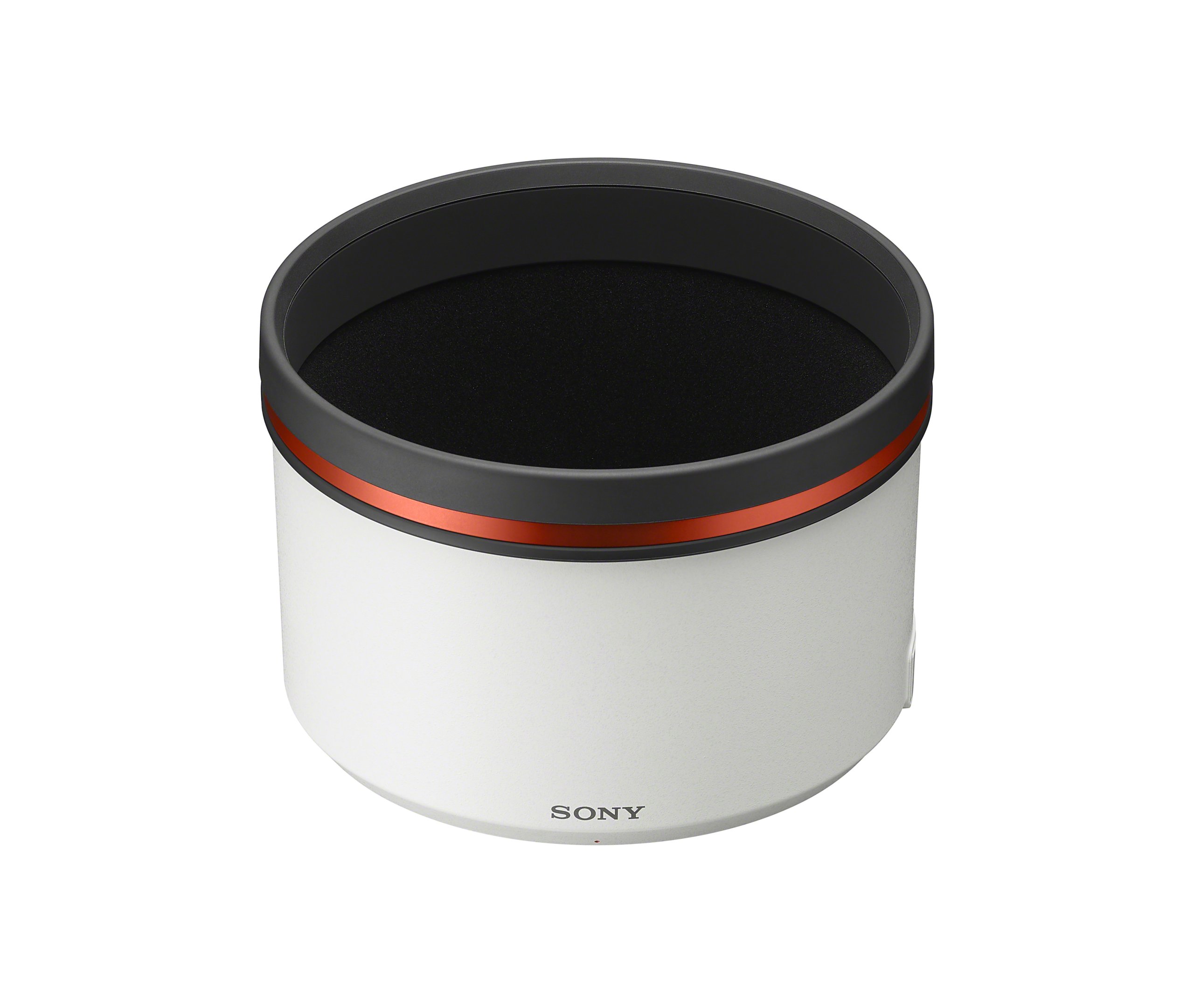
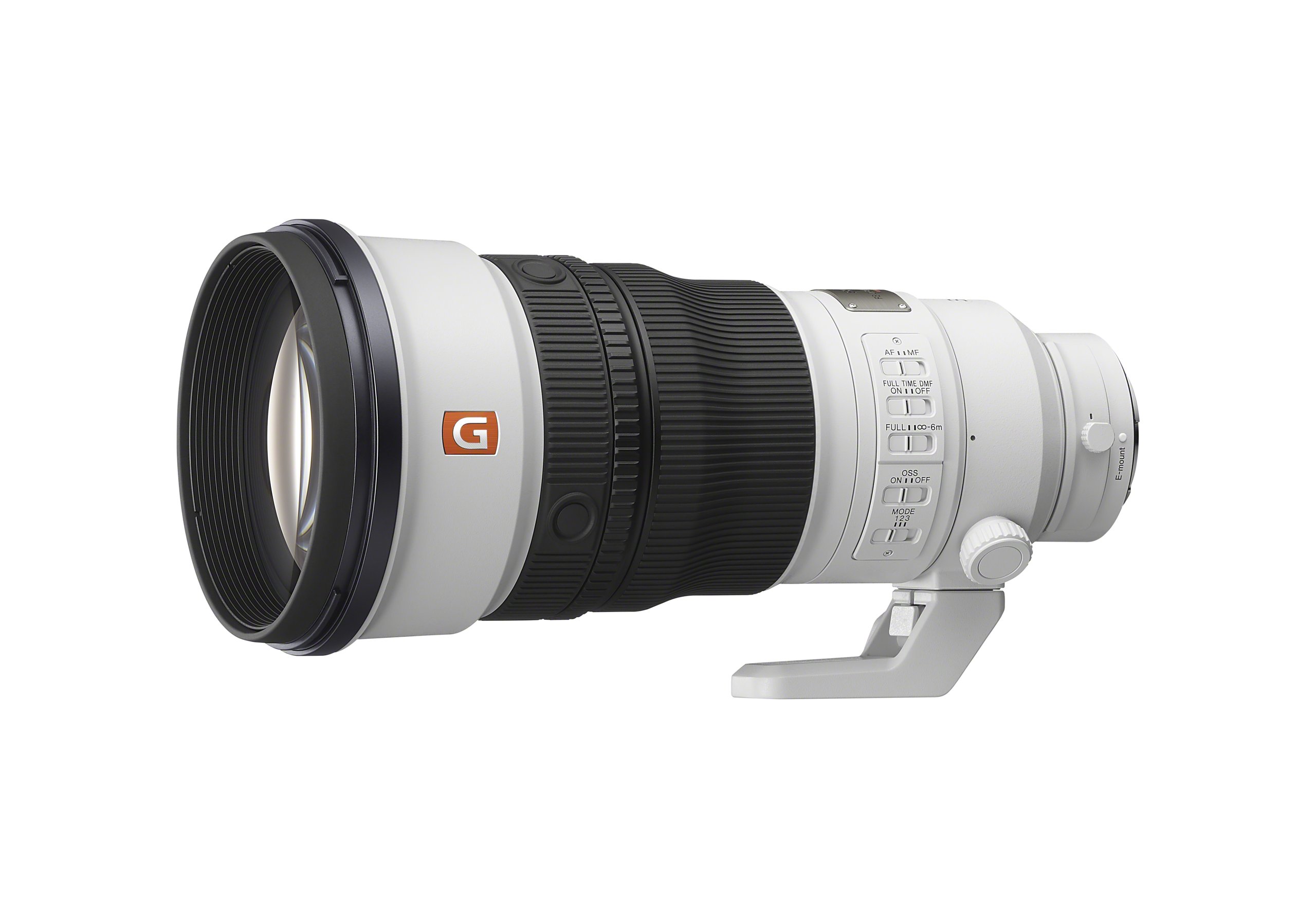
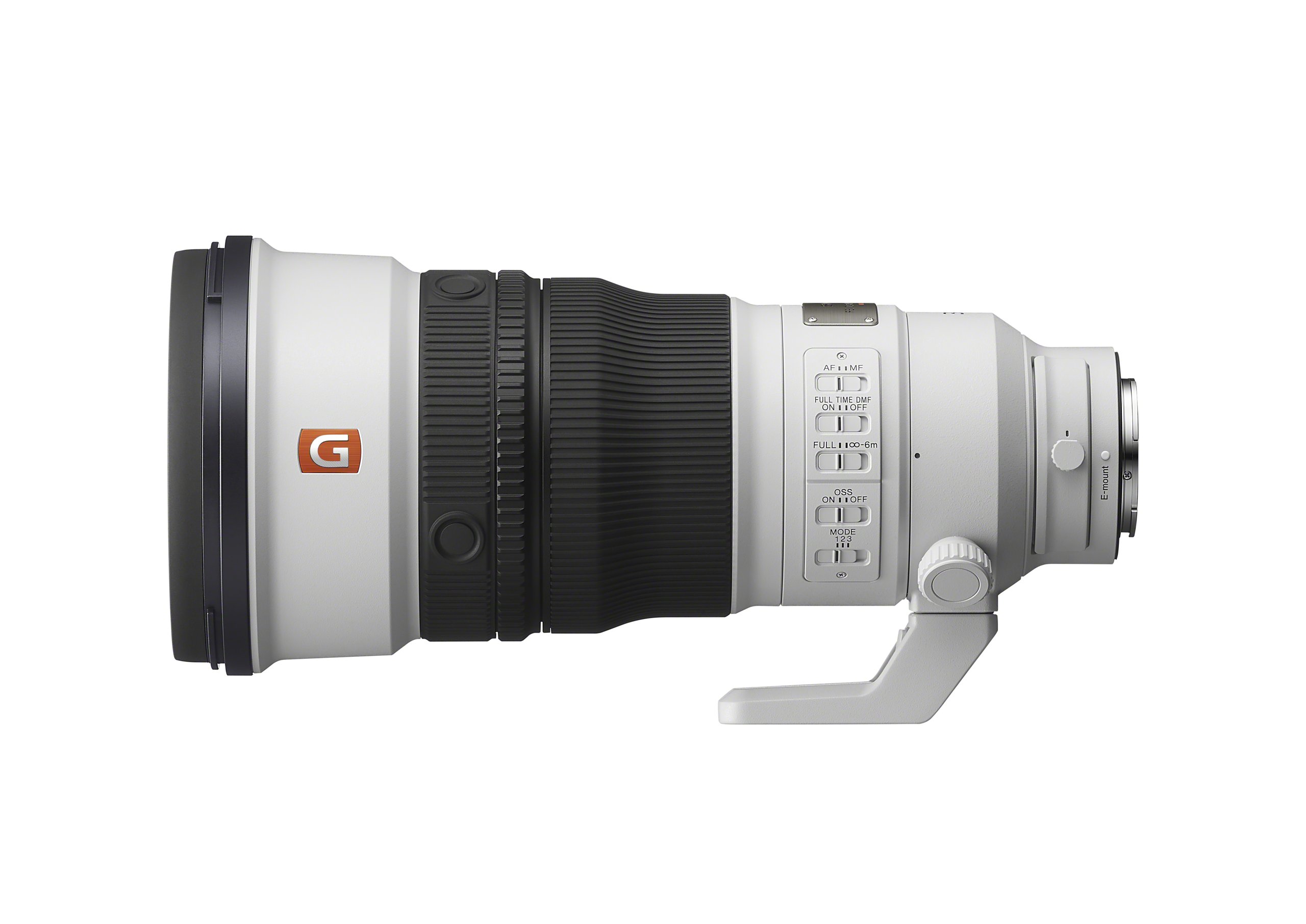
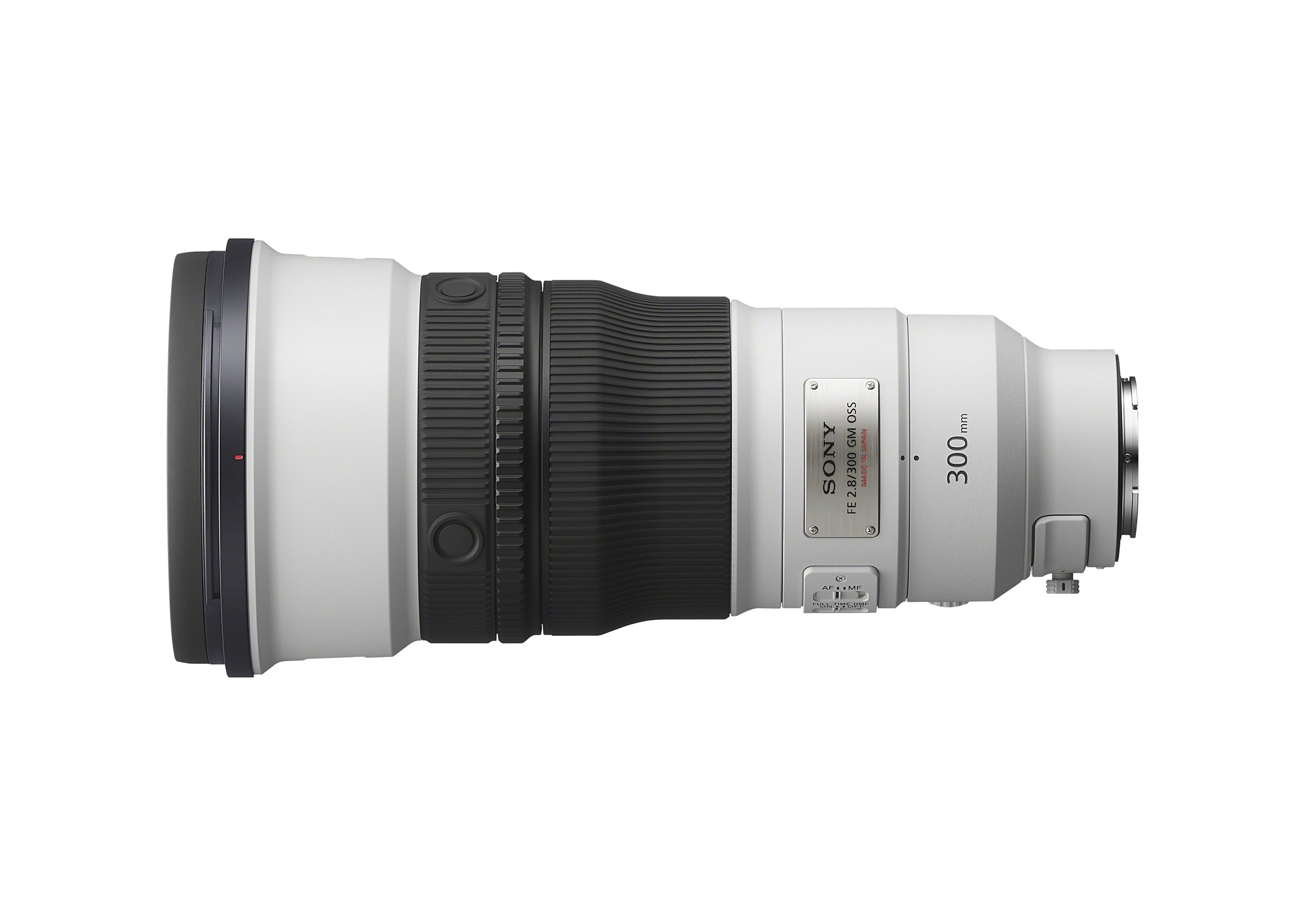
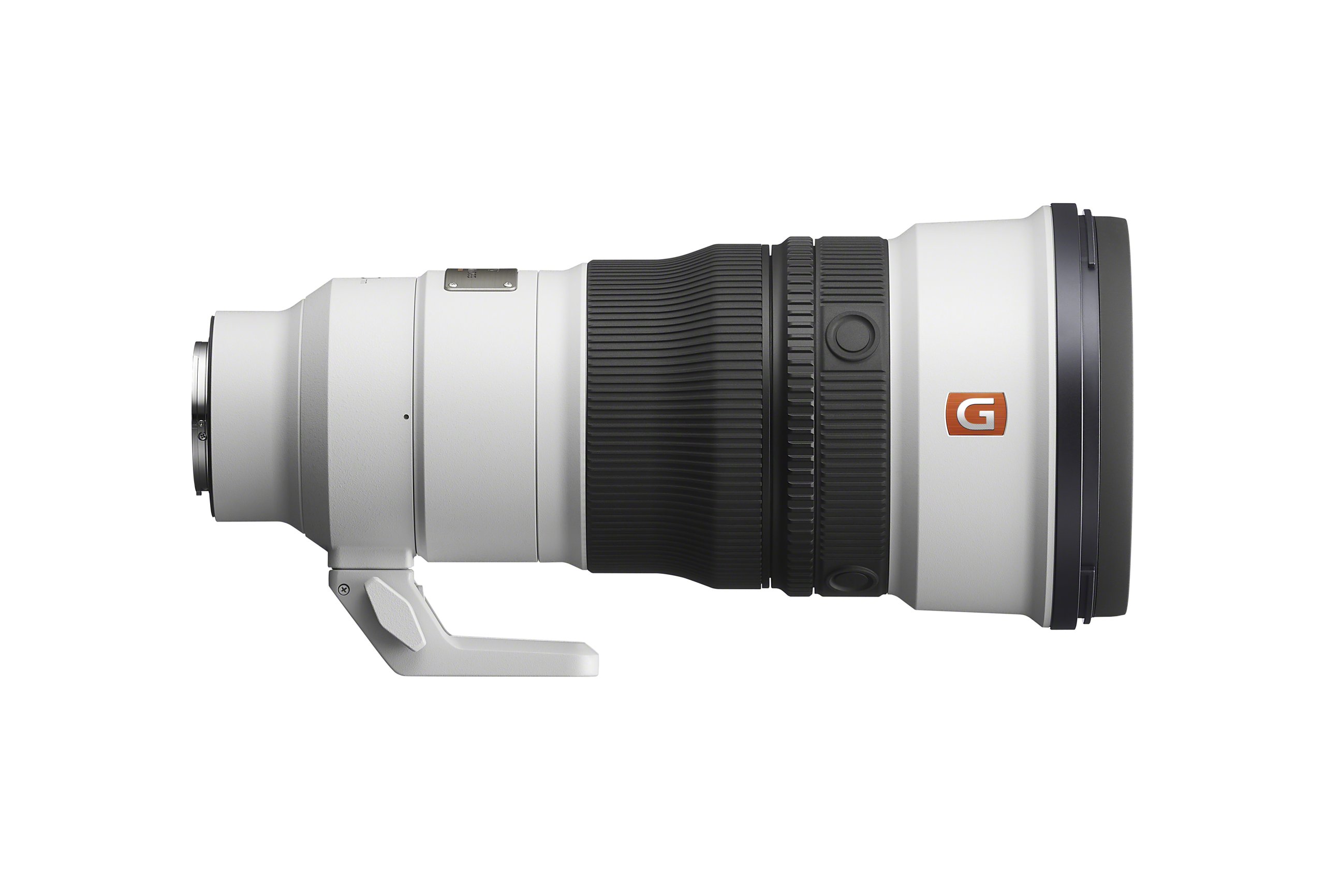
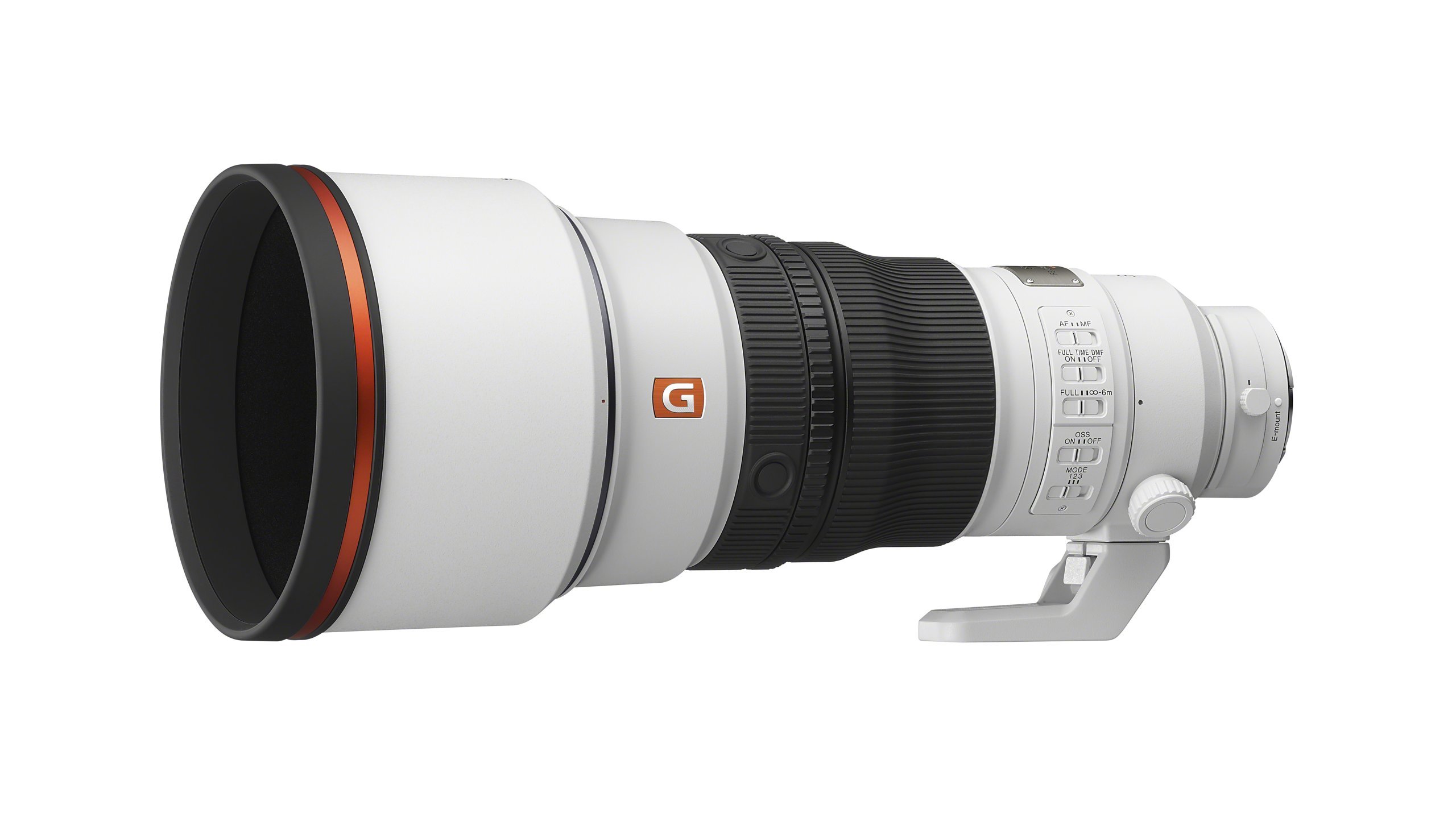
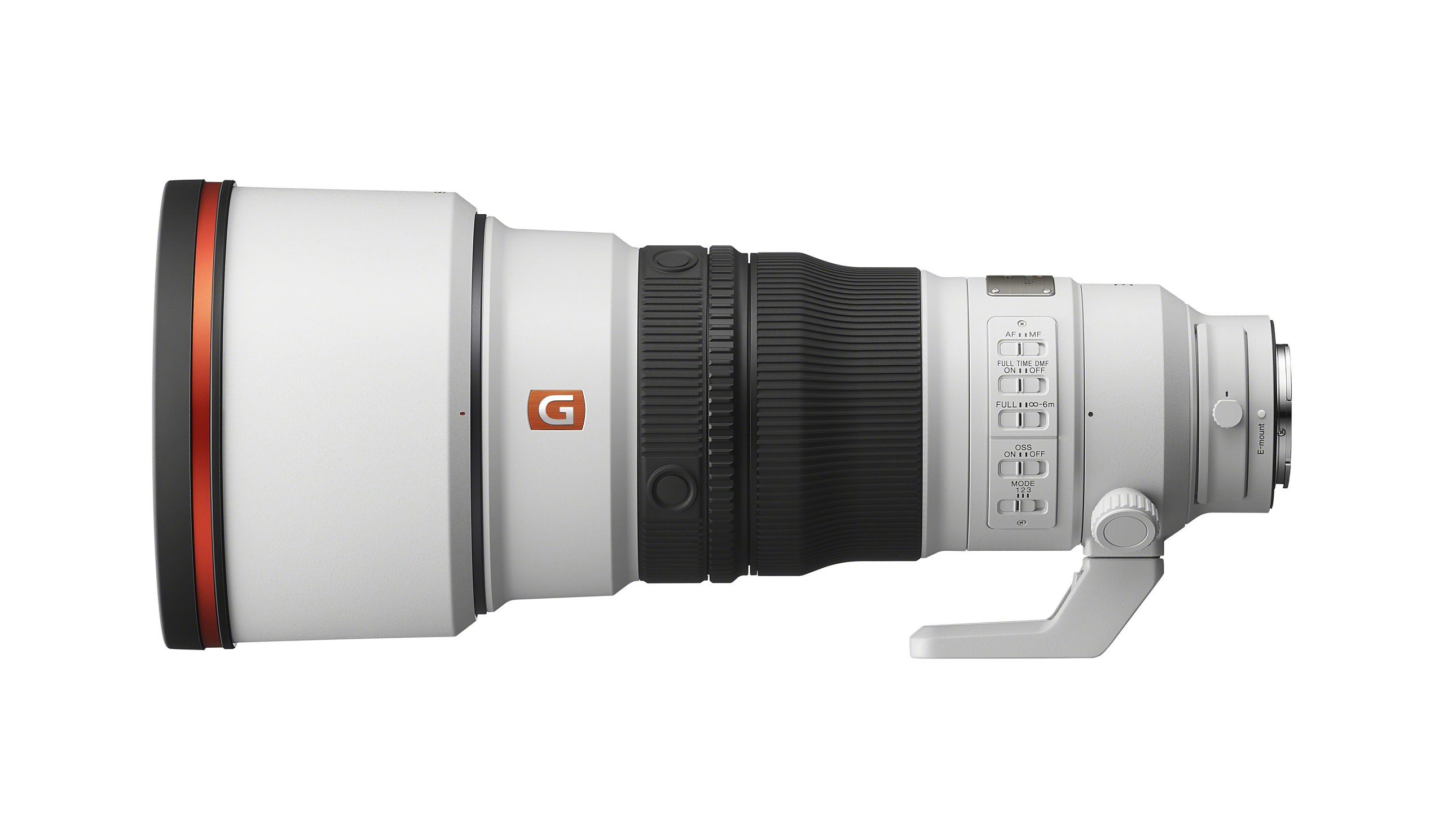
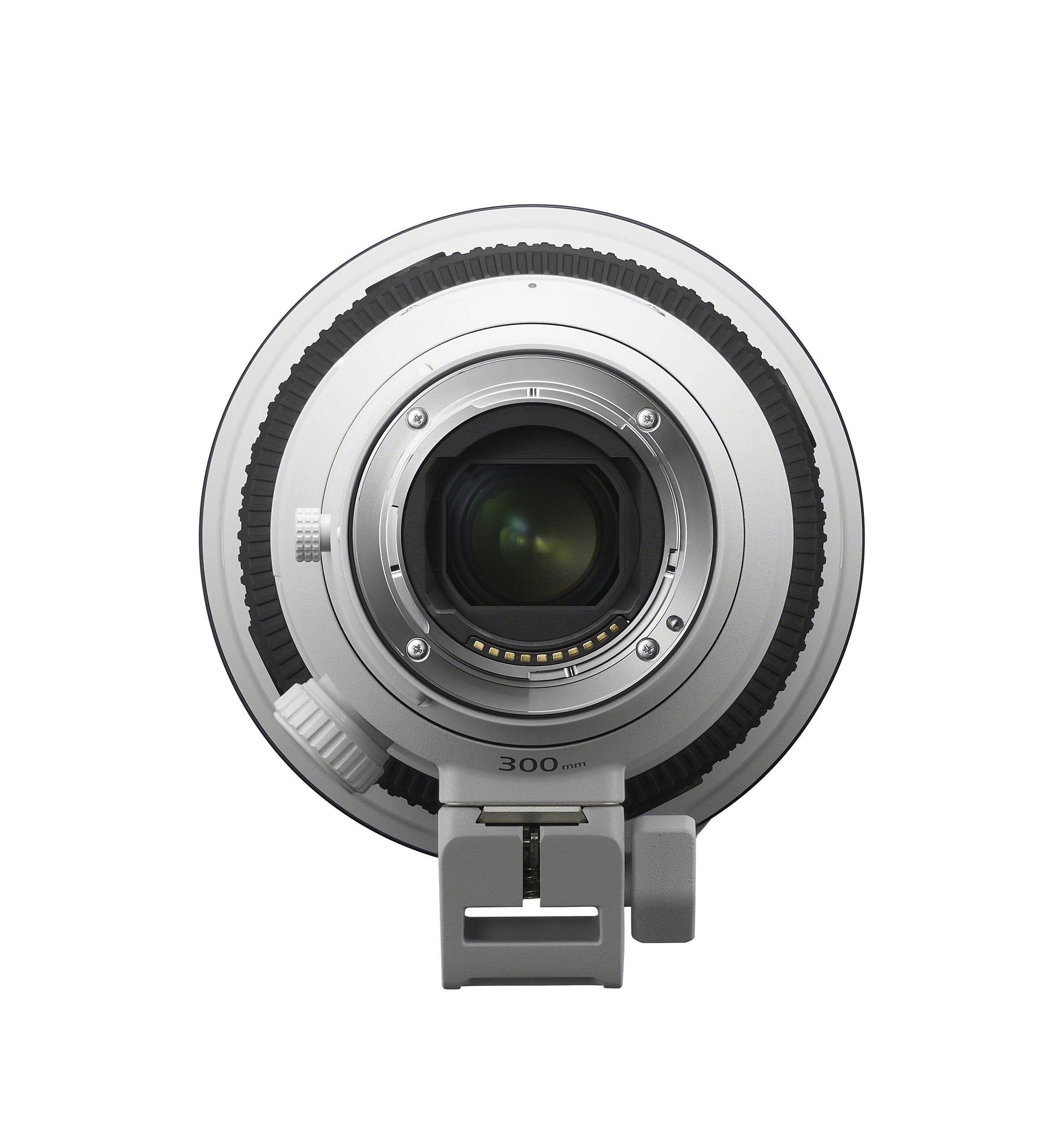
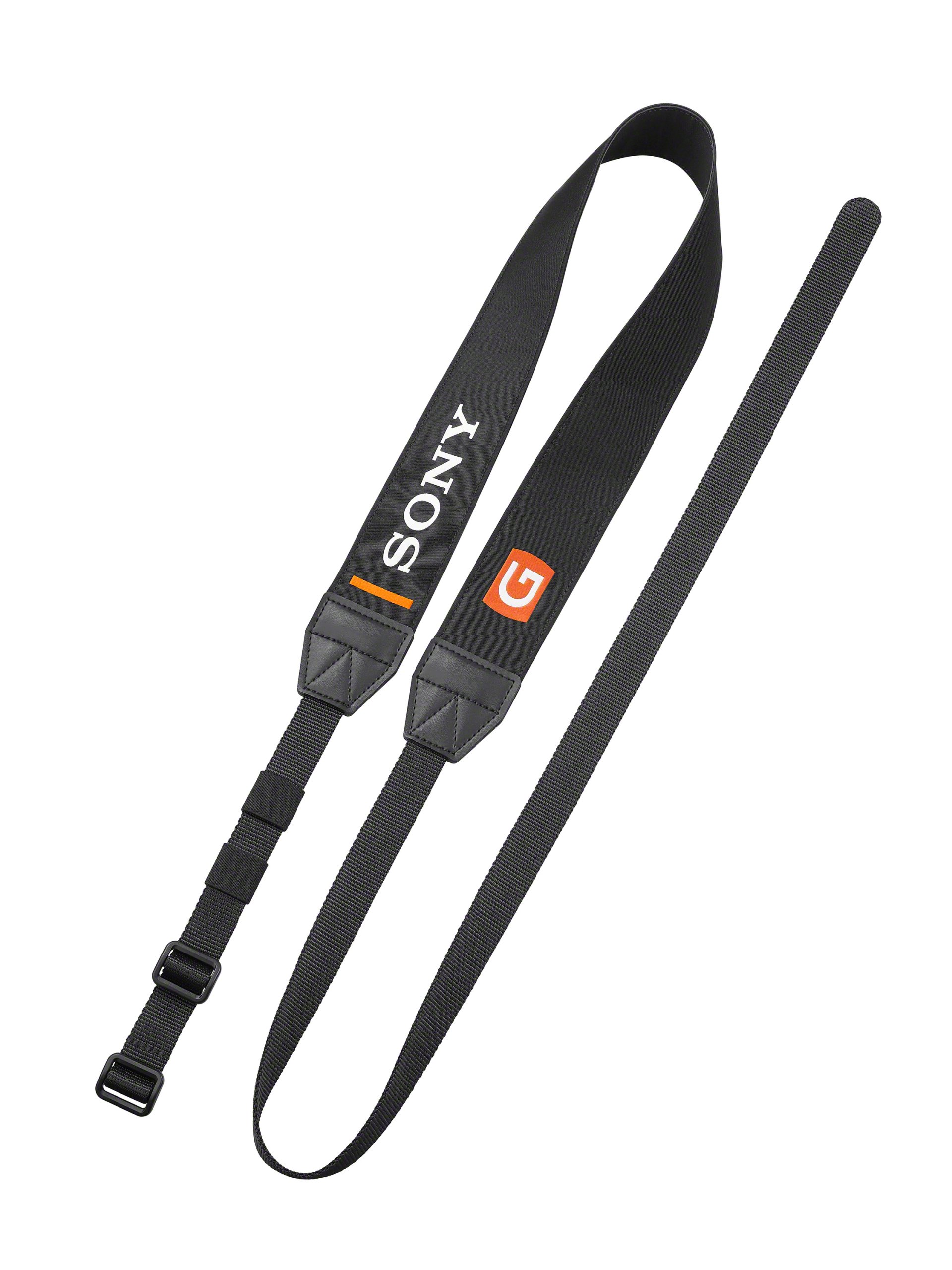
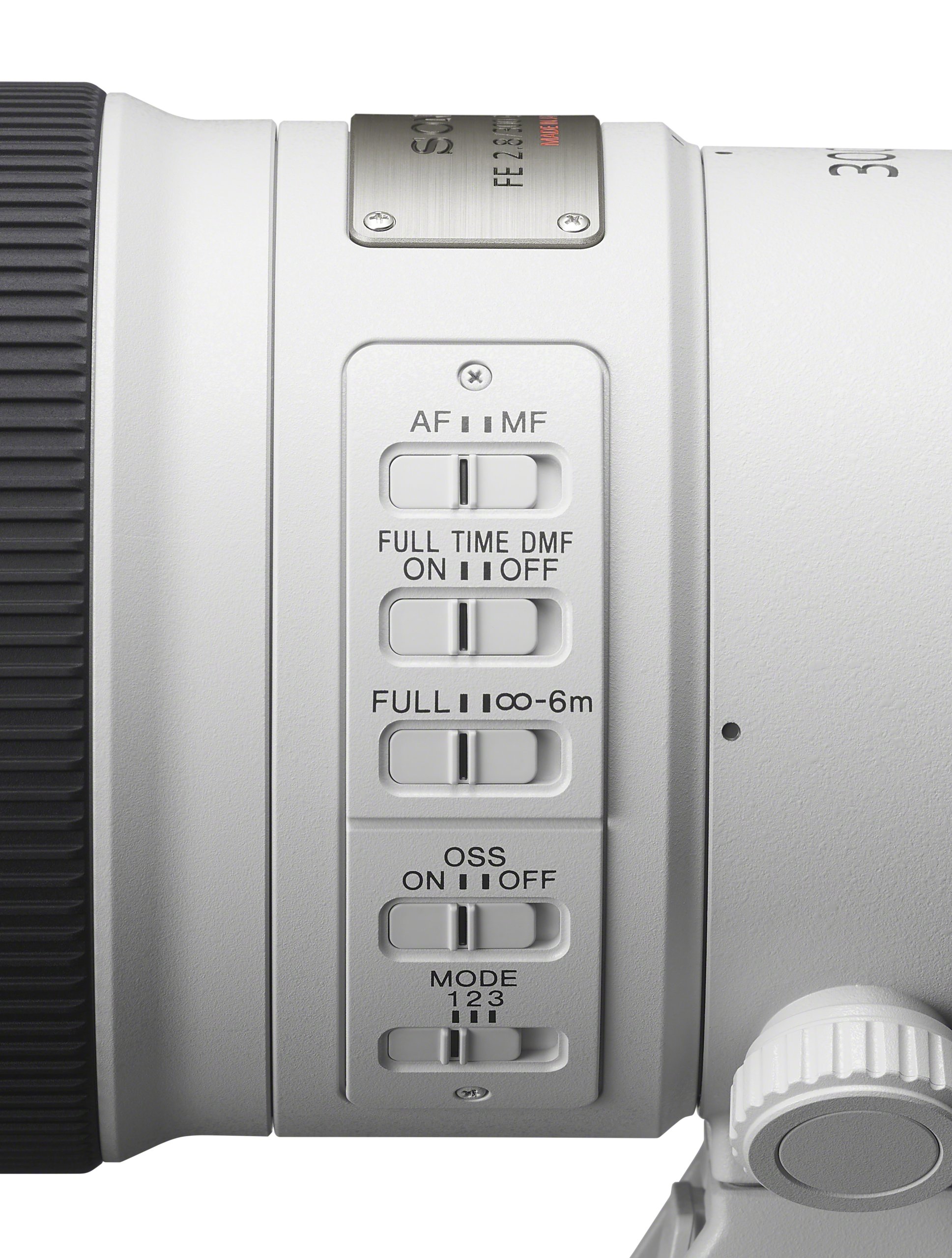
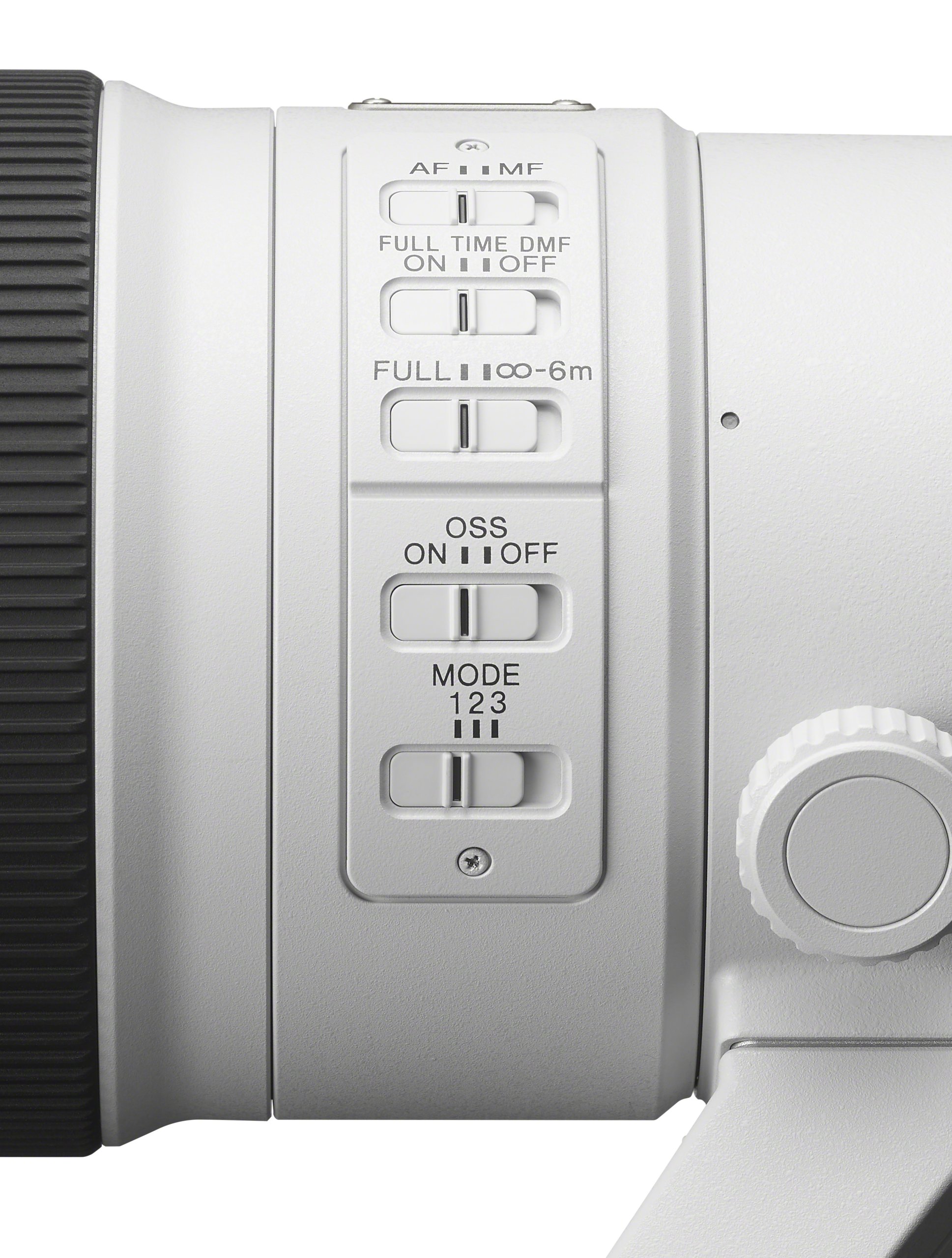
Main Features of the FE 300mm F2.8 G Master OSS
G Master Telephoto Lens that Captures Decisive Moments with High Resolution and Beautiful Bokeh
Incorporating Sony's cutting-edge technology, the G Master's high-resolution performance and beautiful bokeh makes the subject stand out clearly and capture decisive moments such as sports, news reports, events, and wildlife photography. An innovative optical design that includes three Super ED (Extra-low Dispersion) glass elements and one ED glass element, effectively placed to suppress chromatic aberration and achieve high resolution and contrast across the entire frame. Outstanding resolution and contrast are maintained right out to the image edges, which also allows for more flexible cropping and editing.
The gorgeous, creamy bokeh is a hallmark of the G Master design and ideally complements the lens’s 300 mm focal length and F2.8 maximum aperture, allowing the use of narrow depth of field to make subjects stand out from the background. Each lens is individually calibrated during manufacture to optimize bokeh quality and has an 11-blade circular aperture mechanism that contributes to smooth rounded bokeh.
High-Performance AF that Captures Dynamic Moments and High-Speed Continuous Shooting with AE/AF Tracking up to 120 Frames per Secondiii
The combination of two latest XD (extreme dynamic) Linear Motors and control algorithms provide high-speed, high-precision, and low-vibration AF performance. When combined with the newly announced Alpha 9 III full-frame camera, high-speed continuous shooting with AF/AE tracking of up to 120 frames per second is possible. This allows dynamic subjects to be captured without missing a moment’s opportunity, even when shooting scenes in which the subject moves quickly, such as sports or animals, or scenes in which the subject moves erratically, such as at competitive events. The high AF performance is demonstrated even when the separately sold teleconverteriii is attached.
Exceptional Mobility and Comfortable Operability that Support Professionals in the Field
Extensive weight reduction measures make FE 300mm F2.8 GM OSS the lightest in its classi, at approximately 1470g (excluding tripod mount) and has been designed with consideration to weight balance. The internal lens barrel uses durable magnesium alloy to achieve both high robustness and light weight. The weight is not concentrated at the front of the lens barrel, making it highly stable and allows for agile and accurate panning while shooting. In addition, MODE3vi, which provides enhanced viewfinder stability and optimizes the image stabilization algorithm, allows you to accurately capture dynamic scenes.
When used with the Alpha 9 III, the user can assign “preset focus” to the function ring that allows for an instant recall of focus to any pre-determined positionvii. Furthermore, the lens features comfortable operability that supports professional shooting, including focus hold buttons placed in four locations that can be assigned to the favorite functions from the camera body making it ideal for any professional.
The FE 300mm F2.8 G Master OSS has a dust and moisture resistant designviii along with fluorine coating to help prevent dirt and fingerprints to keep up with the needs of professional photographers.
Purchase Options
Sony FE 300mm f/2.8 GM OSS $5998

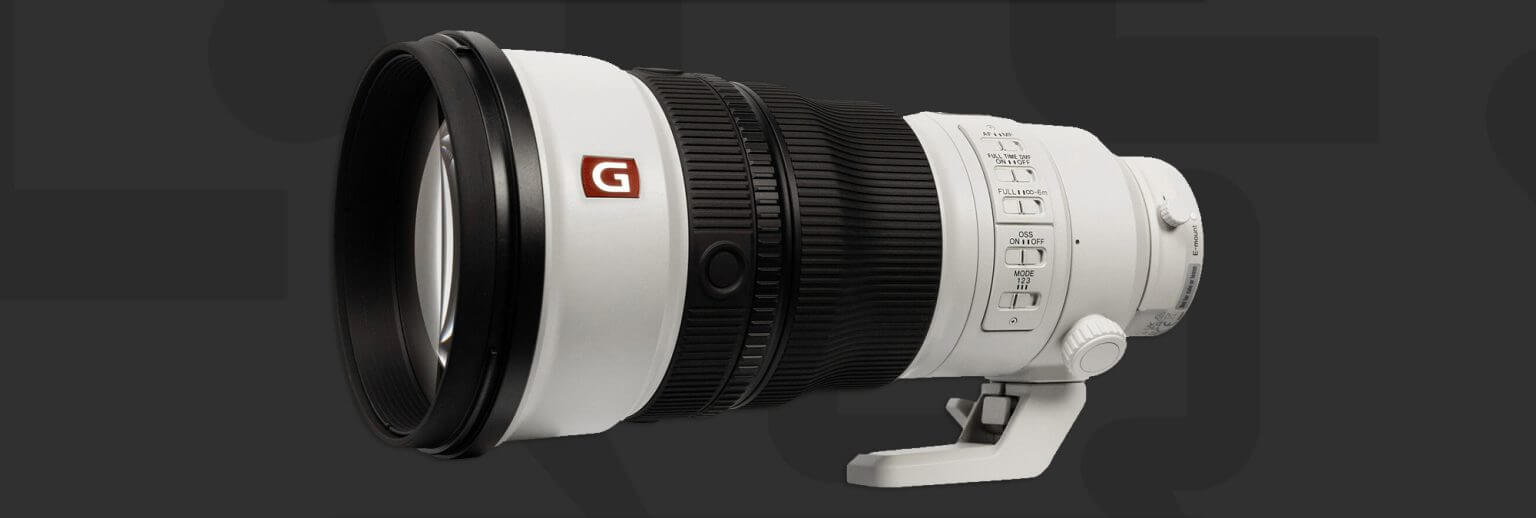
300mm / 2.8 = 107.1 mm aperture
So…no.
Either that or a 2-camera setup from 24-105 f/2.8 to 100-300 f/2.8 completely covering far more range.
BTW Sony 70-200/2.8 + 300/2.8 is still lighter (and cheaper) than Canon 100-300/2.8 :LOL:
Depending on which market you are buying, the price of the Sony 300/2.8 is USD6k and the Sony 70-200/2.8 is USD2800... so only USD200 cheaper than the RF100-300. I would suggest that ~2% cost difference is negligible in this context.
The are designing it with different philosophy.
Canon is making it for professional in stadium that will position in a static spot, with tripod/monopod. And the focal length before 300mm gives so much flexibility in tracking sport subjects.
Sony is designing it for the one-man-army. Extreme weight saving for handheld with minimal accessories. However its usage is no different than traditional SLR/DSLR equivalent.
Whether you want to switch lenses or not. It's down to how you use it. Typical folks on internet are more likely to be one man enthusiast, so bias towards Sony as it seems better for their use...IRL international sporting events, I doubt you cannot find a RF100-300L.
What CaNiSo are all preparing for Olympics...Nikon focus on the Super-tele primes, Canon on zooms, and Sony is trimming the weight down to extreme. It's a great time to enjoy gears.
However, I agree that it will mostly be used on a monopod.
I also think it will be used handheld along with a 400 f/2.8 on a monopod.
And just to point out you also cover 24-70 mm with the Canon two lens setup vs. the alternative proposal.
Don't get be wrong the Sony 300 mm f2.8 lens is an amazing achievement. However, being able to take one lens (RF 100-300 mm) instead of two lens is a huge benefit in terms of space when packing. The RF 24-105 f4 or f2.8 and the RF 100-300 mm makes a very portable two lens system that when combined with TCs covers 24-600 mm with a minimal f-stop of f5.6.
Canon 24-105/2.8 + 100-300/2.8 = $12,500 and 3.9 kg
Personally, I will take the extra cost and weight to gain the flexibility of covering that range with two zoom lenses. Others would not. Choice is good.
PS: A Sony wouldn't tempt me anyway...
✂️ Versatility vs. Weight